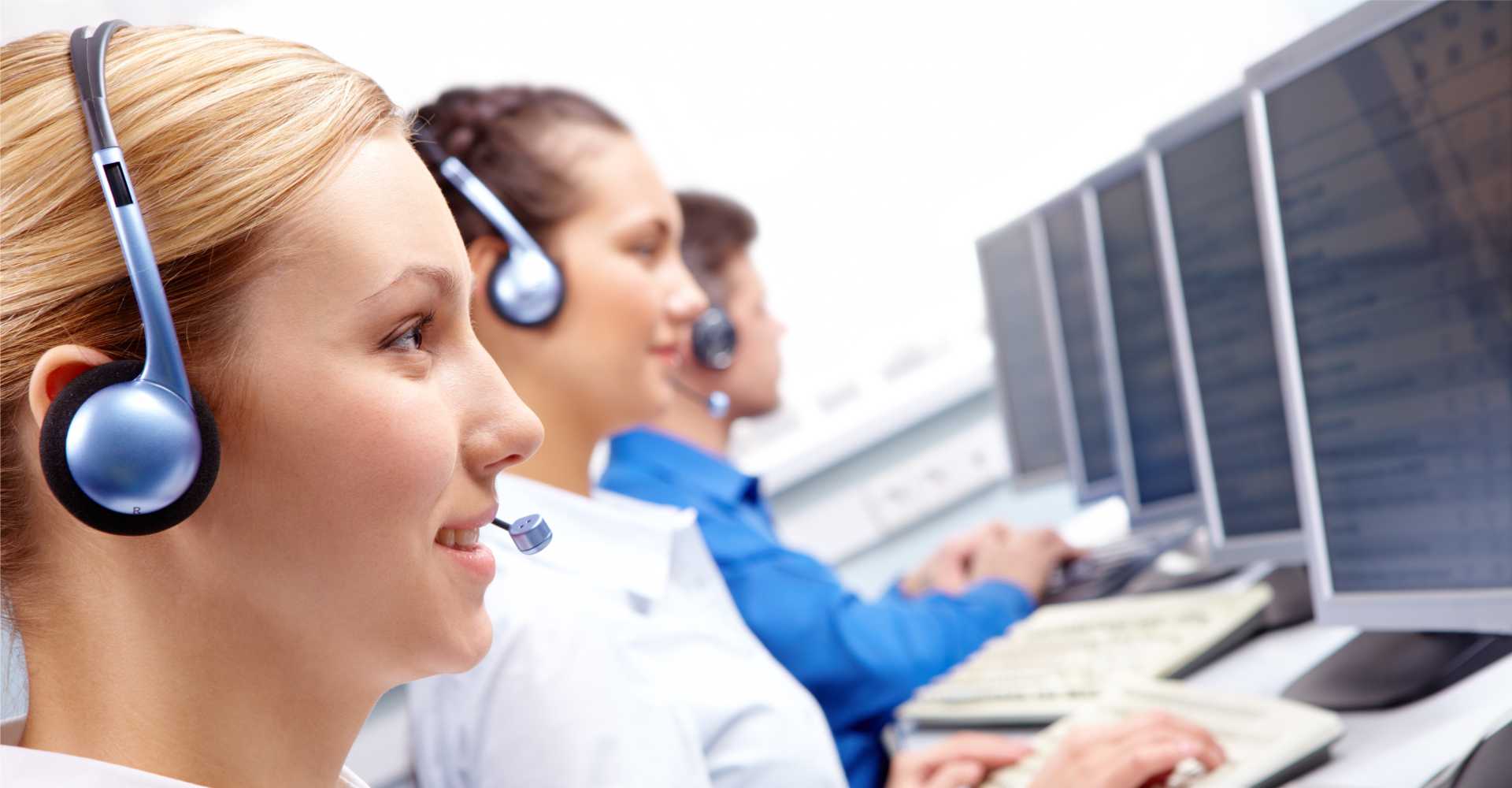All Categories
Featured
Table of Contents
- – What Is A Good Price For A What Is A Telephone ...
- – How Much Does How Answering Services Work Serv...
- – What Is The Best Telstra Voice Features & Serv...
- – Who Makes The Best Answering Adelaide - Phone...
- – What Are The Best Your Virtual Receptionist: ...
- – What Is The Best Benefits Of Answering Servi...
What Is A Good Price For A What Is A Telephone Answering Service And What Are The ...?
This device and its successors were designed by Sava Jacobson, an electrical engineer with a private consulting company. While early voice mail used magnetic tape innovation, many modern equipment uses solid state memory storage; some gadgets utilize a mix of both, with a solid-state circuit for the outbound message and a cassette for the inbound messages.
"toll saving" listed below) (local phone answering service). This is helpful if the owner is screening calls and does not wish to talk with all callers. In any case after going, the calling celebration needs to be notified about the call having actually been responded to (in many cases this starts the charging), either by some remark of the operator, or by some greeting message of the TAD, or resolved to non-human callers (e.
This holds especially for the Littles with digitally kept greeting messages or for earlier makers (before the rise of microcassettes) with a special limitless loop tape, separate from a second cassette, dedicated to recording. There have been answer-only gadgets without any recording capabilities, where the greeting message needed to inform callers of a state of existing unattainability, or e (virtual telephone answering).
How Much Does How Answering Services Work Service Cost?

about availability hours. In recording Littles the welcoming normally includes an invitation to leave a message "after the beep". A voice mail that uses a microcassette to record messages On a dual-cassette answerphone, there is an outgoing cassette, which after the defined number of rings plays a pre-recorded message to the caller.

Single-cassette answering devices contain the outbound message at the start of the tape and incoming messages on the staying area. They first play the statement, then fast-forward to the next offered space for recording, then record the caller's message. If there are many previous messages, fast-forwarding through them can trigger a significant hold-up.
This beep is frequently described in the greeting message, requesting that the caller leave a message "after the beep". Little bits with digital storage for the taped messages do disappoint this hold-up, obviously. A TAD might use a push-button control facility, where the answerphone owner can ring the house number and, by entering a code on the remote telephone's keypad, can listen to recorded messages, or erase them, even when far from home.
What Is The Best Telstra Voice Features & Services - Home Phone Brand

Thereby the maker increases the number of rings after which it responds to the call (generally by 2, leading to 4 rings), if no unread messages are currently stored, however responses after the set variety of rings (normally two) if there are unread messages. This permits the owner to find out whether there are messages waiting; if there are none, the owner can hang up the phone on the, e.
Some machines likewise enable themselves to be remotely triggered, if they have been changed off, by calling and letting the phone ring a particular large number of times (typically 10-15). Some provider abandon calls currently after a smaller variety of rings, making remote activation impossible. In the early days of Littles an unique transmitter for DTMF tones (dual-tone multi-frequency signalling) was regionally needed for push-button control, since the previously employed pulse dialling is not apt to communicate appropriate signalling along an active connection, and the dual-tone multi-frequency signalling was executed stepwise.
Any incoming call is not recognizable with respect to these homes in advance of going "off hook" by the terminal equipment. So after going off hook the calls should be switched to suitable gadgets and just the voice-type is instantly available to a human, but possibly, however need to be routed to a LITTLE BIT (e.
Who Makes The Best Answering Adelaide - Phone Answering Services 2023
What if I told you that you do not have to actually pick up your gadget when addressing a client call? Another person will. So convenient, best? Addressing telephone call does not require somebody to be on the other end of the line. Effective automated phone systems can do the technique simply as effectively as a live representative and often even much better.
An automated answering service or interactive voice response system is a phone system that communicates with callers without a live individual on the line - answer phone service. When companies use this innovation, clients can get the answer to a question about your business simply by using interactions set up on a pre-programmed call circulation.
Although live operators update the customer support experience, lots of calls do not need human interaction. A simple documented message or guidelines on how a customer can recover a piece of info generally solves a caller's immediate need - virtual answering service. Automated answering services are an easy and reliable way to direct incoming calls to the ideal individual.
What Are The Best Your Virtual Receptionist: Phone Answering Services Brands To Buy
Notification that when you call a company, either for assistance or item questions, the very first thing you will hear is a pre-recorded voice welcoming and a series of alternatives like press 1 for client service, press 2 for inquiries, and so on. The pre-recorded alternatives branch out to other options depending upon the client's choice.
The phone tree system helps direct callers to the best person or department using the keypad on a cellphone. In some instances, callers can utilize their voices. It's worth noting that auto-attendant alternatives aren't limited to the ten numbers on a phone's keypad. As soon as the caller has chosen their very first option, you can create a multi-level auto-attendant that uses sub-menus to direct the caller to the right kind of help.
The caller does not have to communicate with an individual if the auto-attendant phone system can handle their concern. The automatic service can path callers to a worker if they reach a "dead end" and require assistance from a live agent. It is expensive to employ an operator or executive assistant.
What Is The Best Benefits Of Answering Service - Professional Services On The Market Today
Automated answering services, on the other hand, are significantly more economical and provide substantial cost savings at an average of $200-$420/month. Even if you do not have actually dedicated staff to manage call routing and management, an automatic answering service enhances efficiency by enabling your group to focus on their strengths so they can more efficiently spend their time on the phone.
A sales lead routed to client service is a lost shot. If a consumer who has item concerns reaches the incorrect department or receives incomplete answers from well-meaning staff members who are less trained to handle a specific kind of question, it can be a reason for aggravation and dissatisfaction. An automatic answering system can lessen the number of misrouted calls, therefore helping your staff members make much better usage of their phone time while releasing up time in their calendar for other jobs.
With Automated Answering Systems, you can create an individualized experience for both your personnel and your callers. Make a recording of your primary welcoming, and just upgrade it regularly to show what is going on in your company. You can create as numerous departments or menu options as you desire.
Table of Contents
- – What Is A Good Price For A What Is A Telephone ...
- – How Much Does How Answering Services Work Serv...
- – What Is The Best Telstra Voice Features & Serv...
- – Who Makes The Best Answering Adelaide - Phone...
- – What Are The Best Your Virtual Receptionist: ...
- – What Is The Best Benefits Of Answering Servi...
Latest Posts
Exceptional Hospitality Answering Service Near Me – Adelaide
Premium Virtual Assistant Phone Answering – Australia 2000
Comprehensive Real Estate Answering Service
More
Latest Posts
Exceptional Hospitality Answering Service Near Me – Adelaide
Premium Virtual Assistant Phone Answering – Australia 2000
Comprehensive Real Estate Answering Service